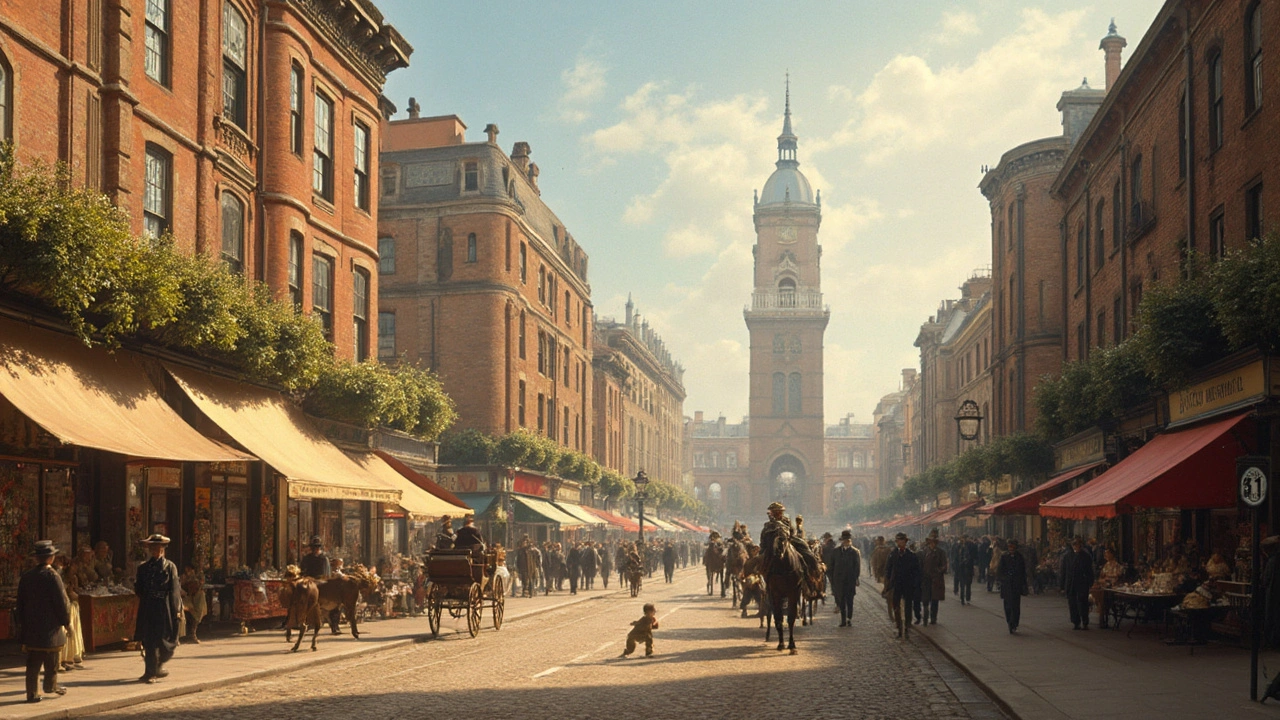Preservation: Protecting Art & Architecture
Preservation is about keeping buildings, artworks, and details that matter—safe, usable, and legible for the next generation. If you care about old homes, city landmarks, or painted ceilings, this page gives straightforward steps you can use right away: how to spot problems, who to call, and how to fund work without losing authenticity.
Quick assessment and priorities
Start with a simple survey. Walk around the site and note visible issues: cracked masonry, water stains, loose plaster, missing trim, or failing windows. Photograph everything and date the images. Prioritize dangers first—roof leaks, structural cracks, and active rot threaten the whole building. Smaller cosmetic issues can wait until the main problems are fixed.
When choosing what to fix first, ask: will the repair stop ongoing damage? Will it keep original materials intact? If the answer is yes, move ahead. If you’re unsure, take clear photos and get a short assessment from a preservation architect or conservator before spending money.
Practical repair ideas and materials
Use materials that match the original where possible. For masonry, that often means lime-based mortar instead of modern cement. For wood, match species and grain orientation when patching. Keep interventions reversible when you can—use mechanical fasteners that can be removed, avoid permanent adhesives over historic finishes. Reversibility keeps future options open and respects the original work.
For painted surfaces and murals, avoid over-cleaning. Start with dry methods and test a small area before using solvents. For stained glass, support weakened lead cames and replace broken panes with matching glass types. Old windows often need weatherstripping and reglazing rather than full replacement—this keeps character while improving performance.
Regular maintenance beats big restorations. Clear gutters, check flashing, and keep vegetation away from foundations. A yearly checklist saves money and preserves more original fabric.
Funding and rules matter. Look for local preservation grants, tax credits, and matching-fund programs. Many cities offer incentives for restoring historic facades. Also check local landmark or building codes—some areas require approvals for visible changes.
If you’re not a pro, hire one for key tasks. Preservation architects, structural engineers familiar with old buildings, and trained conservators know which fixes protect value. Ask for references and examples of past preservation work.
Want to learn more? Browse our related articles on Beaux-Arts conservation, Gothic Revival care, Roman masonry, and practical home-restoration guides. Each piece offers examples and steps you can follow. Join local historical groups or volunteer at a restoration project—hands-on experience teaches faster than theory.
Preservation isn’t museum work only. It’s a set of practical choices: document the problem, stop the damage, use the right materials, and plan maintenance. Do those and you’ll keep real heritage alive without turning it into a replica.

Colonial Architecture: Travel Back in Time
Unlock the secrets of colonial architecture—explore real stories, find travel tips, and learn why these old structures still matter today.
Read more